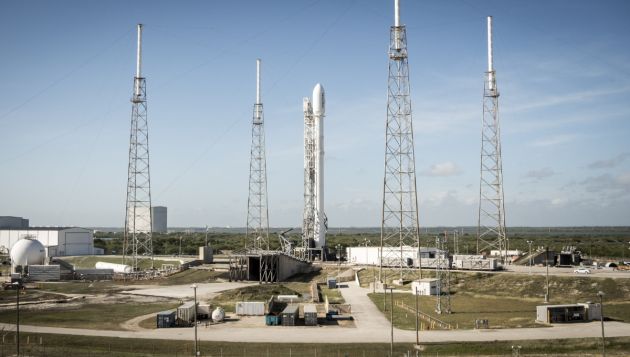SpaceX sets next Falcon 9 rocket launch later this month

Space Exploration Technologies (SpaceX) schedules the Falcon 9 rocket's second launch of the year on Feb. 24.
According to Reuters, SES SA communication satellite provider—SpaceX's customer and owner of SES-9 satellite—said on Monday that it will attempt to launch its rocket late this month.
"SpaceX is currently completing an extended series of testing and pre-flight validation," SES SA said. However, SpaceX declined to comment regarding the report.
Florida Today also reported that the launching of the said rocket will carry the SES-9 European communications satellite which weighs 11,700-pound (5,300-kg). It will depart from the Cape Canaveral Air Force Station.
The said launch hopes to bring the said satellite to more than 22,000 miles above the equator for it to be stationed as an "autonomous spaceport drone ship."
This mission was initially set last December but SpaceX has been taking its time to adjust the mission profile and upgrade the Falcon 9.
Also, SpaceX plans to boost its Falcon 9 rockets for mass production, aiming to get a hold of $8 billion of business for NASA and other commercial companies.
"We're in this factory transformation to go from building six or eight (rocket cores) a year to about 18. By the end of this year, we should be at over 30 cores per year," SpaceX president and COO Gwynne Shotwell said.
Last Dec. 21, SpaceX successfully launched its booster which landed on shore. However, their attempt last January in California only came close since only three of its four landing legs were functional, which ended the mission with an explosion.
The first Falcon 9 mission that successfully delivered a SES-8 satellite in the geostationary orbit happened in December 2013. The said rocket is described as a "two-stage rocket designed for the reliable and safe transport of satellites and the Dragon spacecraft into orbit."
The SES-9 satellite that it will be carrying is a Boeing-built system that is created to operate for 15 years in geosynchronous orbit.